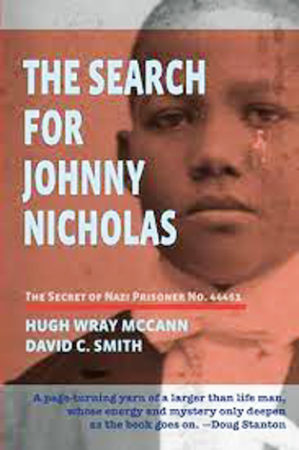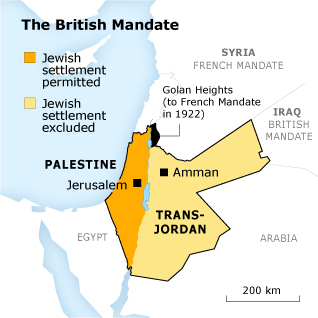Just about everyone knows the story of the International Military Tribunal Trial held in Nuremberg, Germany between 20 November 1945 and 1 October 1946. Commonly known as the Main Nuremberg Trial, twenty-four senior Nazi party officials and military officers were indicted on one or more of the four charges: conspiracy, crimes against peace, war crimes, and crimes against humanity (click here to read the blog, Hitler’s Enablers-Part One). Twenty-one defendants sat in the dock (Martin Bormann was tried in absentia, Alfred Krupp was too ill to attend, and Robert Ley committed suicide). Twelve men were sentenced to death, three were acquitted, and the remainder were given prison terms ranging from ten years to life imprisonment (click here to read the blog, Court Room 600).
By the time the main trial ended, the Soviet Union, Great Britain, and France had had enough of Nazi trials and future trials were carried out by the Americans and countries where Nazi atrocities had occurred. The twelve Nuremberg follow-up trials between October 1946 and April 1949 were held in Court Room 600, the same venue as the main trial. Defendants in the twelve trials included doctors, lawyers, industrialists, administrators, and members of the Einsatzgruppen, SS mobile killing units.
Subsequent post-war trials were held to establish accountability of the men and women who actively participated in the crimes and atrocities against their fellow human beings. The defendants were primarily lower-level party officials, officers, and soldiers. Among them were concentration camp guards and commandants, police officers, and collaborationist officials of occupied countries (click here to read the blog, Hitler’s Enablers -Part Two). The trials were conducted either in groups (e.g., Auschwitz, Belsen, Dachau, Sobibor, and Treblinka) or as single defendants (e.g., Rudolf Höss, Albert Kesselring, and Anton Dostler). Many of these trials were held in former concentration camps such as Dachau and Auschwitz.
It is here that Johnny’s story begins.
Understandably, there is very little information about Johnny Nicholas. The formative (and only) book devoted solely to Johnny is The Search for Johnny Nicholas by Hugh Wray McCann and David C. Smith. When I refer to “the authors” in this blog, I am speaking of Messrs. McCann and Smith. Mr. McCann first heard the story of Johnny in 1965 from a friend who had covered the 1947 Nordhausen War Crimes Trials. He and his journalist friend, Mr. Smith, decided to embark on a decades long journey to uncover the life story of a man who led a very interesting life before his untimely death at the age of twenty-six. I highly recommend you read this very interesting book but before starting Chapter One, I suggest you first read the Foreword (“How the Search Began”) and the Afterword (“The Search Within the Search”).



